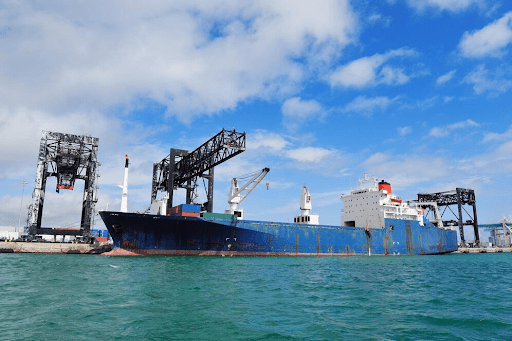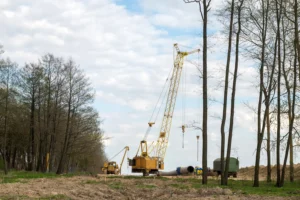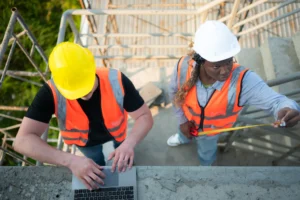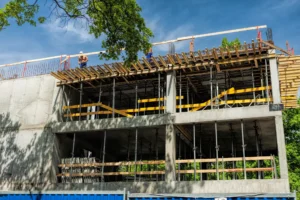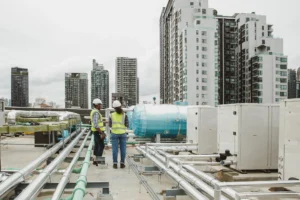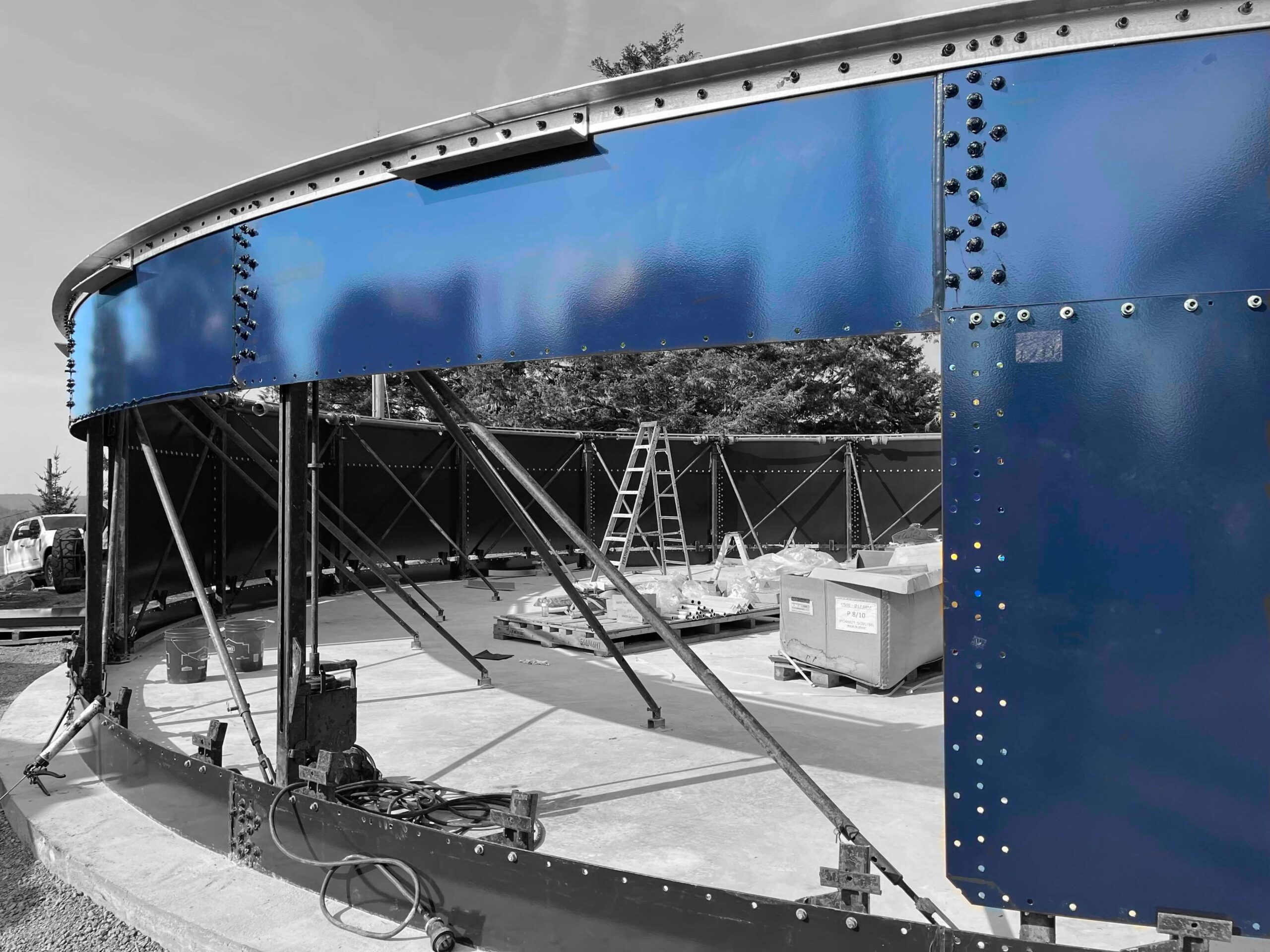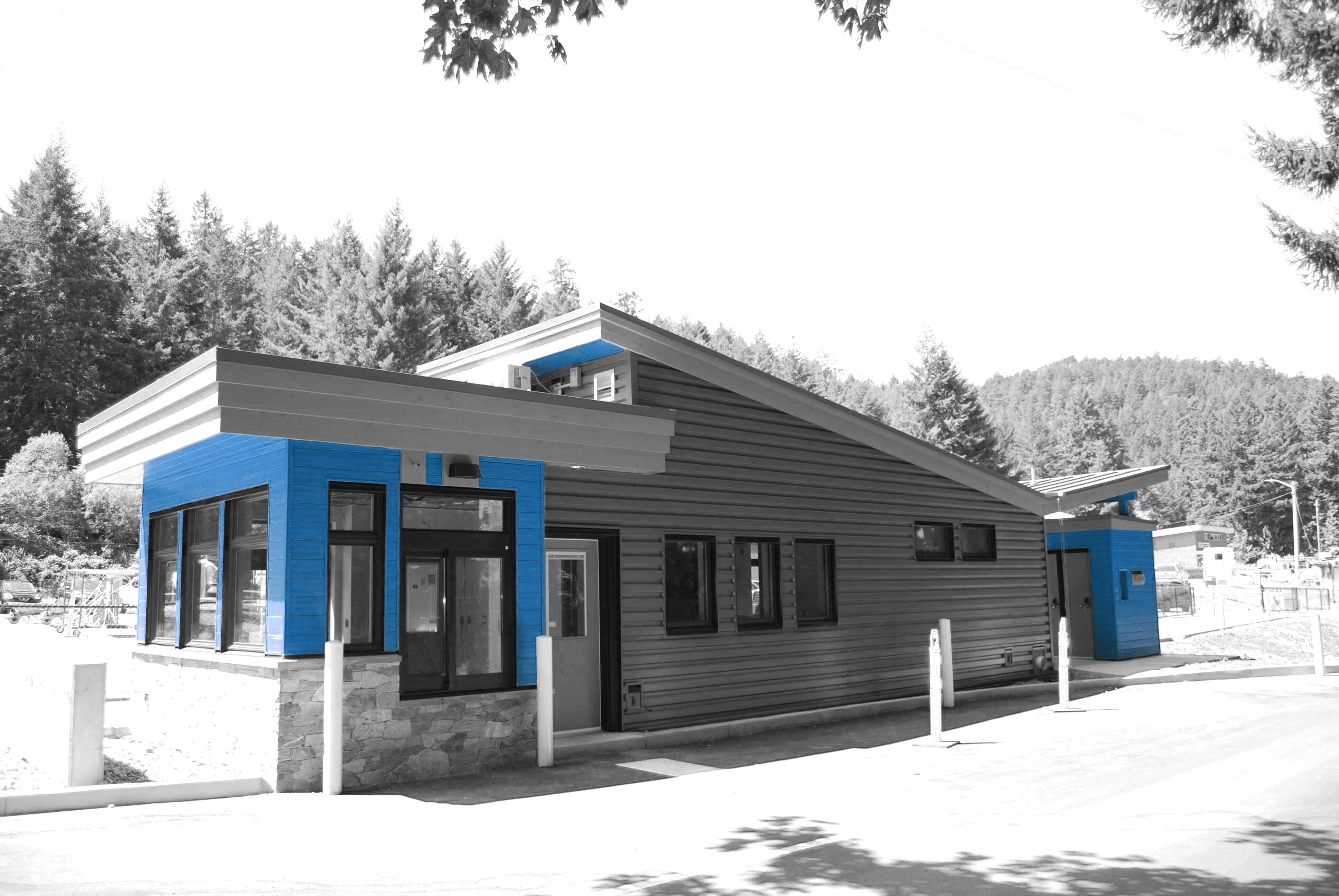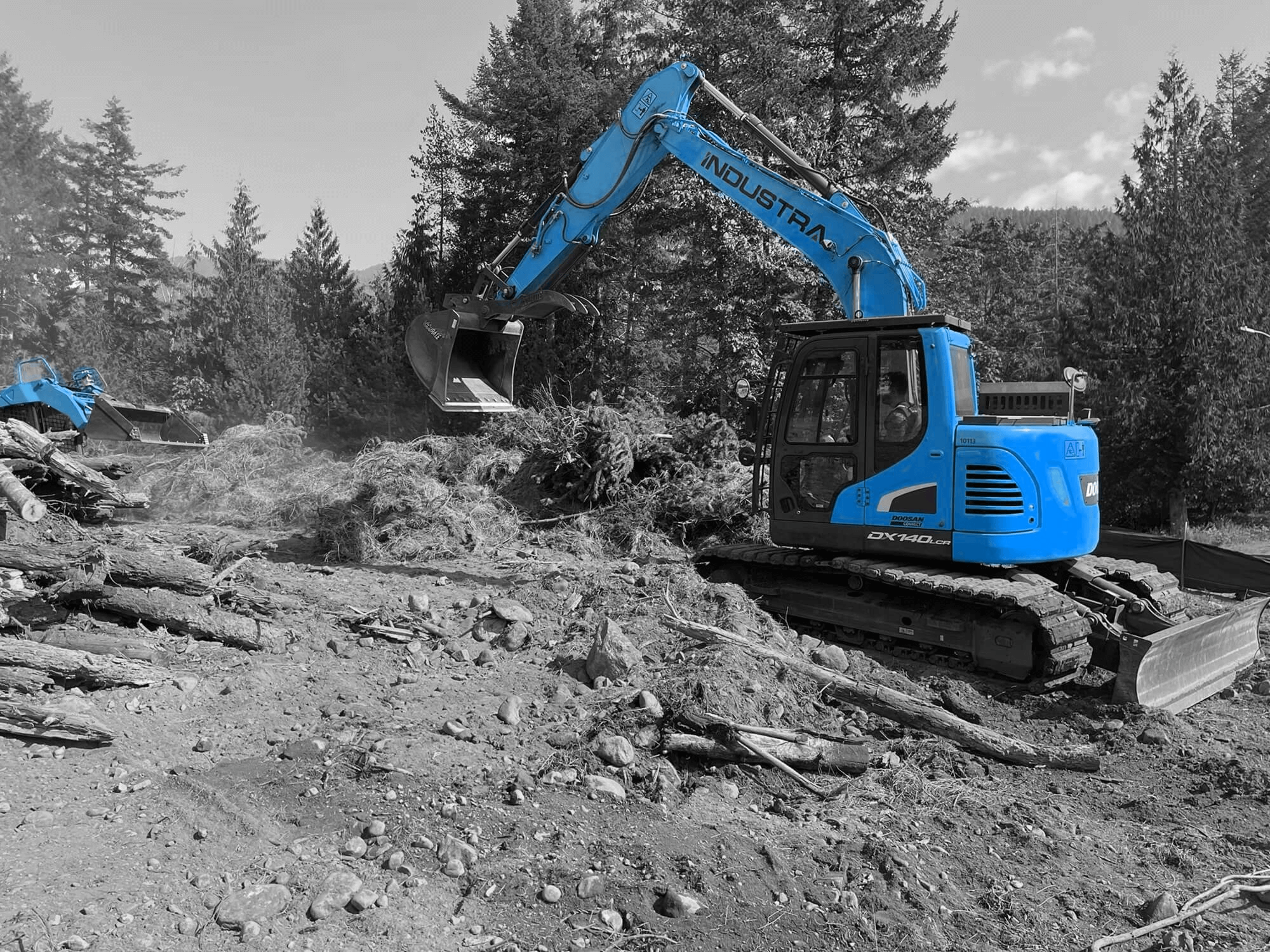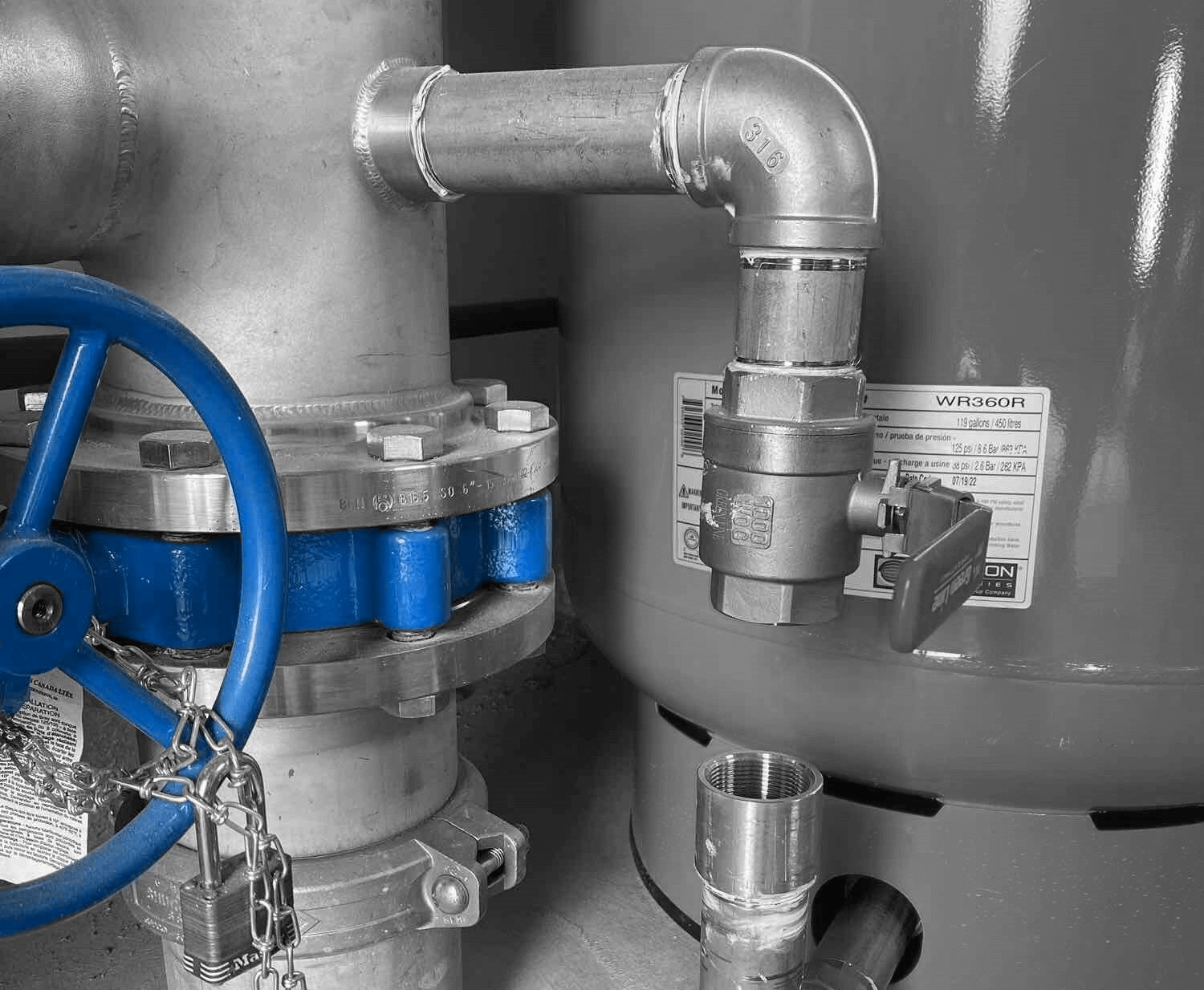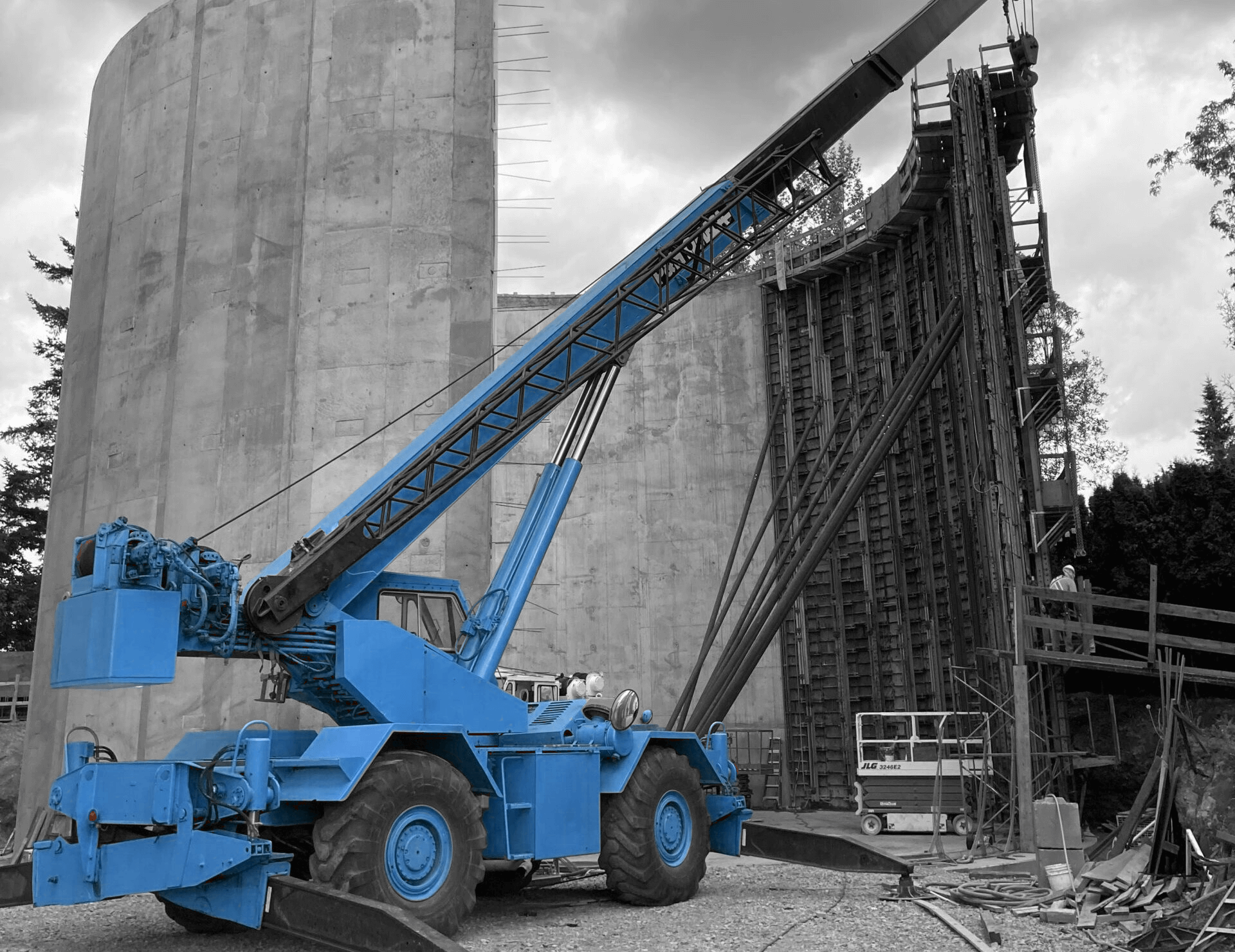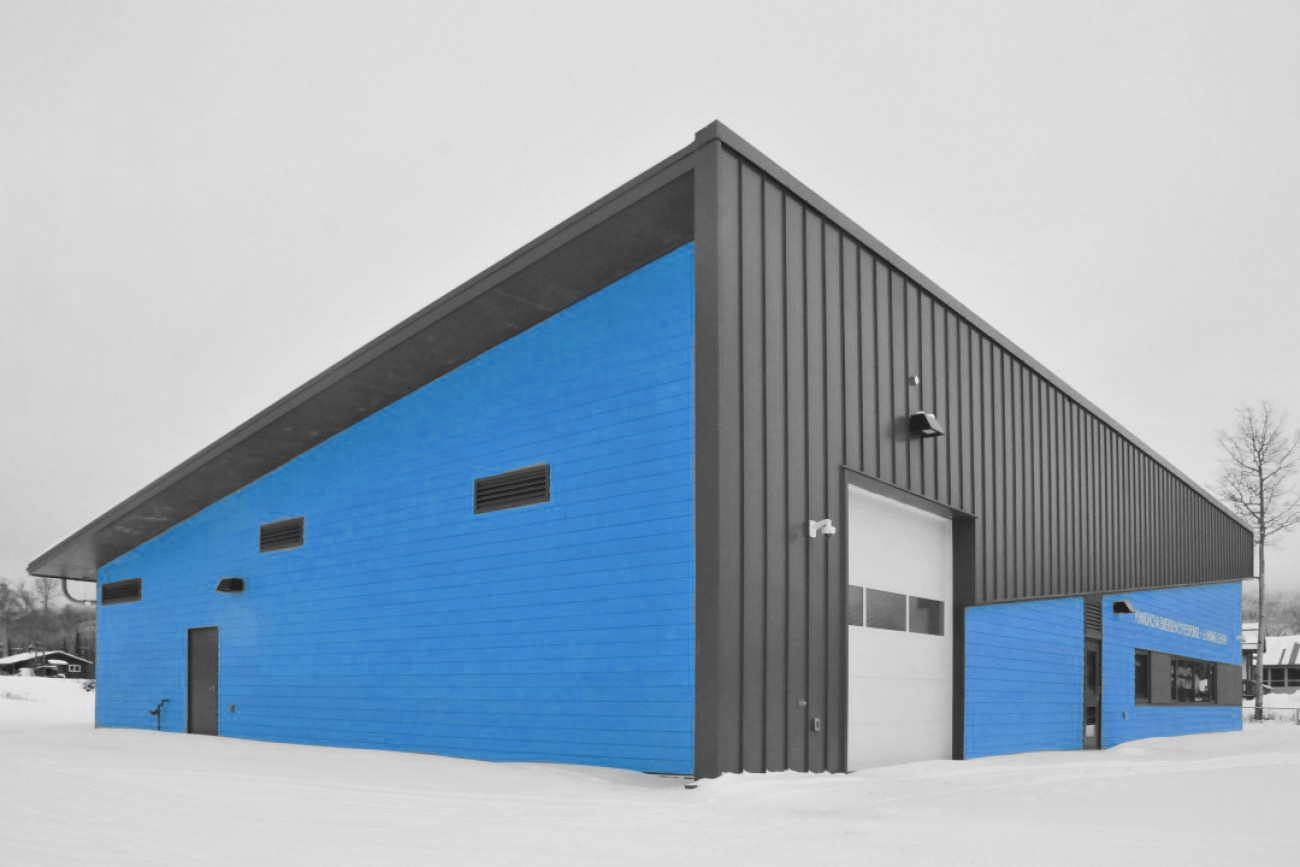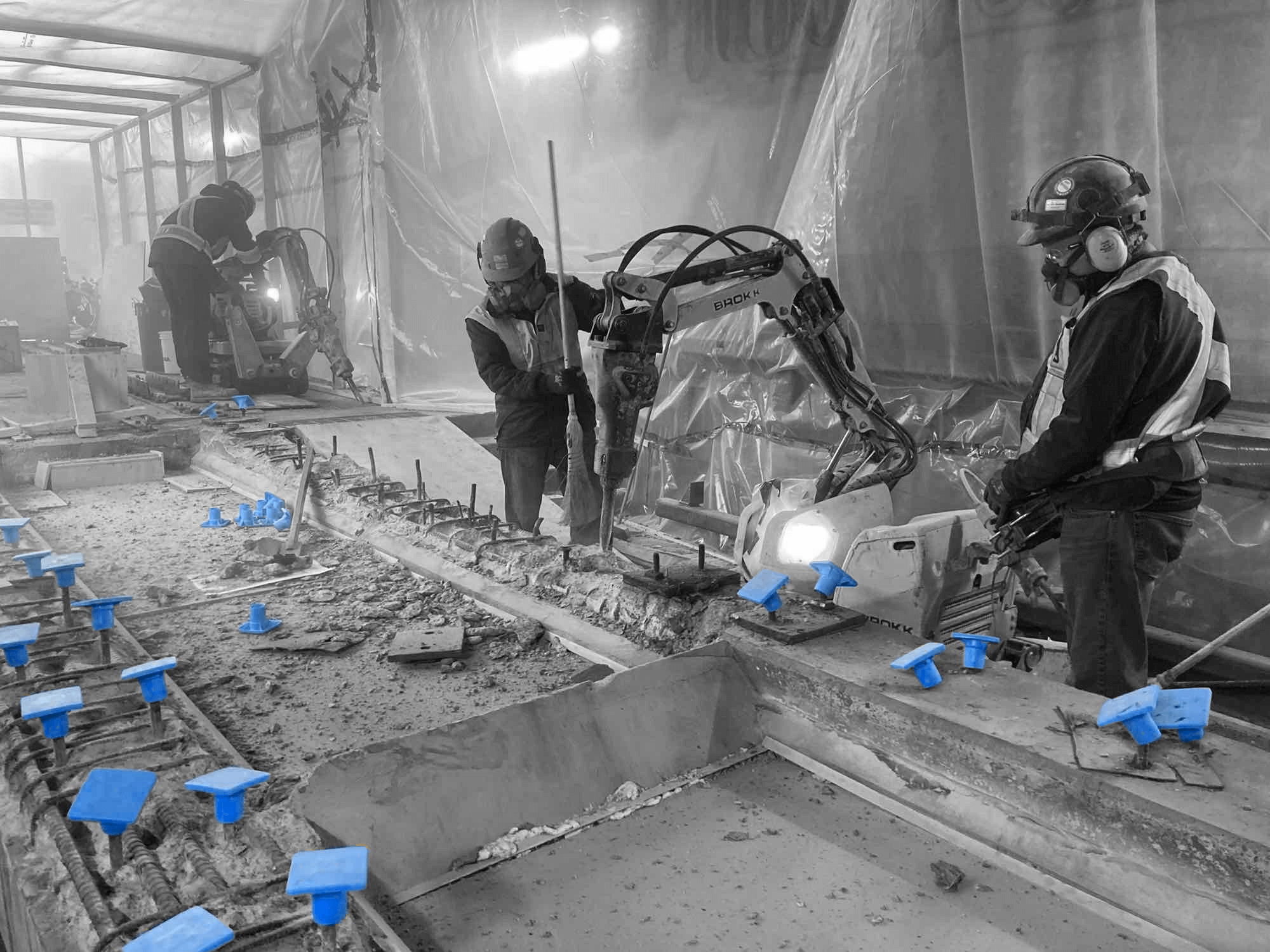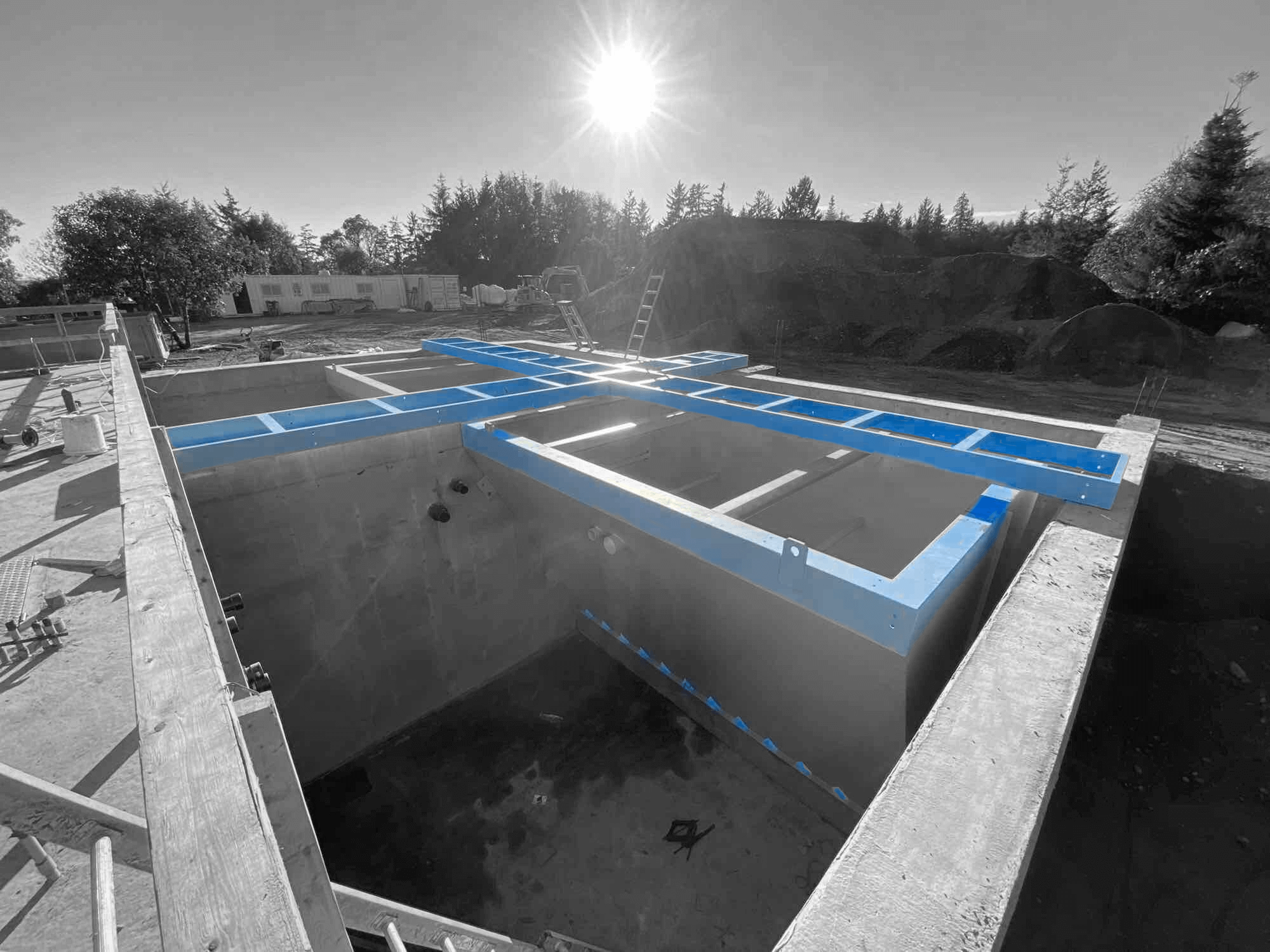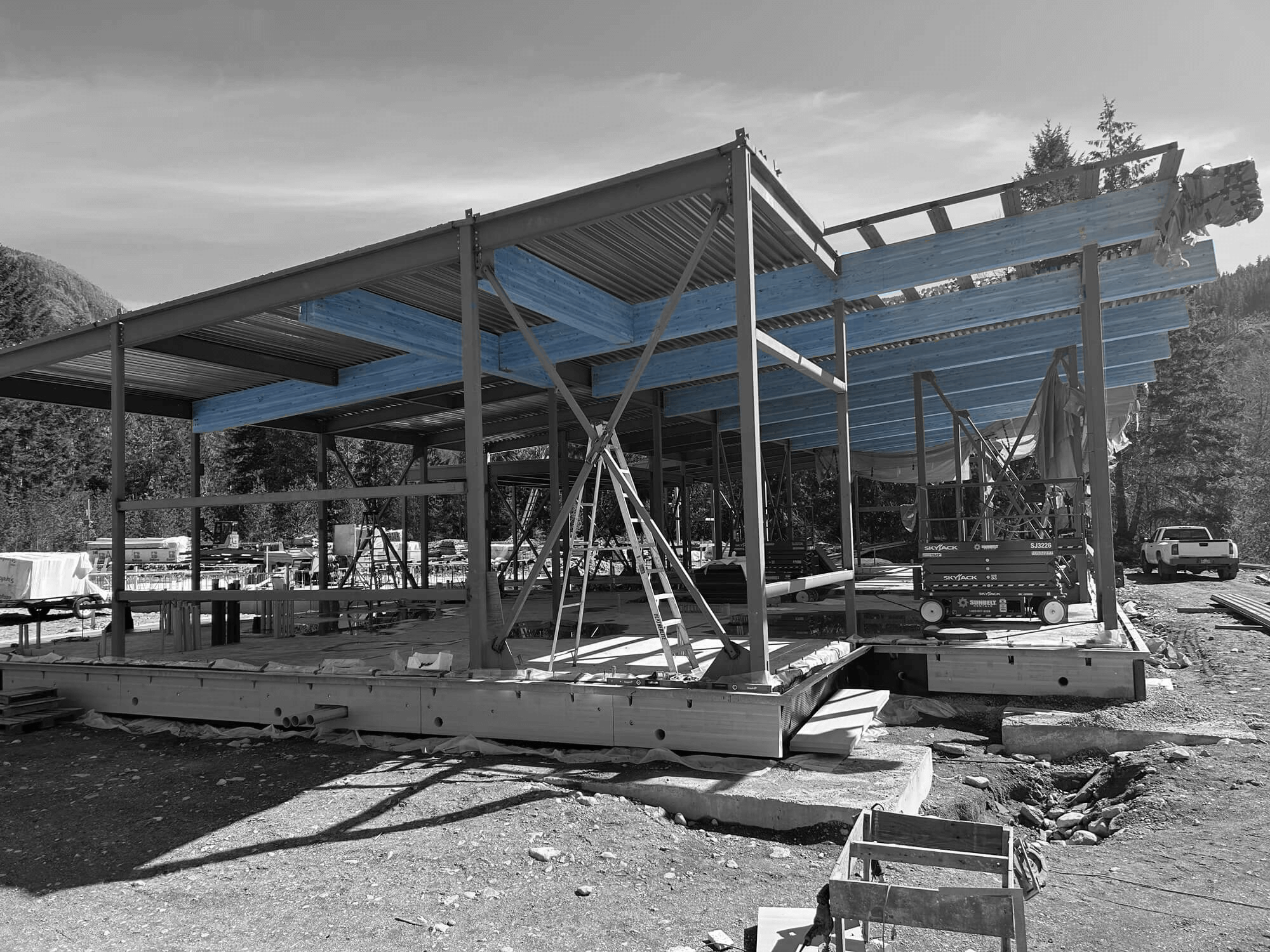Marine construction plays a crucial role in protecting our coastlines from the forces of nature. It’s about building structures that defend against erosion, storm surges, and rising sea levels. By crafting robust sea walls, breakwaters, and other protective barriers, we help shield communities and ecosystems along the water’s edge.
In 2025, the need for innovative marine construction is more pressing than ever. Coastal areas face increasing threats as weather patterns change and human activities expand. Using advanced techniques and sustainable materials, marine construction professionals work tirelessly to safeguard these vulnerable regions. Their efforts not only protect human lives and property but also preserve habitats for countless marine and shore species.
This exploration into marine construction delves into the essential methods and forward-thinking strategies that keep our shores intact. It’s a commitment to leveraging cutting-edge solutions and tackling the unique challenges that come with building in dynamic, ever-changing environments. As we look ahead, understanding and enhancing these efforts becomes key to ensuring resilient and thriving coastlines for generations to come.
Importance of Marine Construction for Coastal Protection
Marine construction is essential for shielding our coastlines from natural hazards. Coastal areas face the relentless forces of the ocean, including waves, tides, and storms. Without proper protective structures, these forces can cause severe erosion, property damage, and even loss of life. Marine construction helps mitigate these risks by building defences that withstand harsh sea conditions.
Key protective structures include:
- Sea Walls: These barriers prevent waves from directly hitting the shore, reducing soil erosion and protecting inland areas.
- Breakwaters: Positioned offshore, breakwaters dissipate wave energy before it reaches the coastline. By creating calm waters, they help preserve beaches and harbour areas.
- Revetments: These sloped structures absorb wave energy, designed to protect against erosion while allowing some natural flow of water.
In addition to these structures, marine construction involves careful planning and environmental consideration. It’s important to balance human needs and natural habitats. By designing with nature in mind, marine construction efforts safeguard shorelines and conserve ecosystems, promoting biodiversity and healthy aquatic environments.
Through thoughtful design and construction, marine projects can protect vulnerable coastal communities, infrastructure, and environments from the challenges posed by a changing climate and increased coastal activity.
Innovative Techniques in Marine Construction
Innovation drives marine construction forward, introducing new techniques that enhance durability and sustainability. Engineers and planners constantly seek methods that improve how structures perform in the demanding marine environment. These innovations make construction more efficient and environmentally friendly, ensuring long-lasting protection for coastlines.
Recent advancements include:
- Geotextile Tubes: Used to form breakwaters and dunes, these large, flexible tubes are filled with sand or slurry. They offer a cost-effective and environmentally sensitive solution for erosion control.
- Eco-Friendly Materials: The use of sustainable materials like recycled plastic and biodegradable elements helps reduce the environmental impact of construction projects.
- Prefabrication: Building sections of a project off-site under controlled conditions allows for quicker assembly on location, reducing disruption to aquatic ecosystems.
Moreover, marine construction now leverages advanced technology, like computer modelling and drones. These tools provide precise data, helping engineers design structures that suit specific site conditions. This precision reduces trial-and-error, minimizing environmental impact and project costs.
The integration of these innovative techniques paves the way for better, smarter coastal engineering. By focusing on sustainable and efficient methods, marine construction ensures greater resilience against natural challenges. This commitment to innovation keeps our shorelines secure and thriving for the future.
Challenges and Solutions in Coastal Development
Coastal development presents unique challenges that require careful consideration. As populations grow and demand for coastal space increases, finding ways to develop responsibly becomes crucial. Key challenges include protecting the environment, respecting local ecosystems, and managing the risks of natural disasters like hurricanes and rising sea levels.
Sustainable solutions are vital in overcoming these challenges:
- Environmental Assessments: Before any construction begins, thorough environmental assessments identify potential impacts. This ensures that projects minimize disruption to marine and coastal ecosystems.
- Erosion Control Measures: Deploying structures like riprap and vegetation stabilizes shorelines, preventing erosion while allowing natural processes to continue.
- Community Engagement: Working closely with local communities and stakeholders helps develop projects that meet both human and environmental needs. Informed citizens can participate in decisions that affect their coastlines.
Innovations in engineering and technology are also helping to address these challenges. For example, adaptive building designs allow structures to withstand extreme weather conditions. By incorporating flexible designs, coastal developments can adjust to changing environmental circumstances.
Addressing these issues requires continuous effort and collaboration between governments, engineers, and locals. Together, they create sustainable development that preserves the beauty and functionality of coastal regions for everyone.
Future Trends in Marine Construction and Sustainability
The future of marine construction lies in sustainability and innovation. As we look ahead, several trends promise to redefine how we approach building on our coasts. These trends focus on reducing environmental impact, using renewable resources, and ensuring long-term resilience.
Future trends include:
- Green Building Materials: Utilising materials with lower ecological footprints, like recycled steel and sustainable concrete alternatives, supports eco-friendly construction.
- Living Shorelines: Incorporating natural elements like oyster reefs and marsh plants into designs creates habitats that offer erosion control and improve water quality.
- Renewable Energy Integration: Incorporating solar panels or wind turbines into marine projects leverages clean energy, enhancing the sustainability of marine construction.
Digital technology also plays a role in shaping the future. Advanced simulations and modelling offer insights into how structures will perform in various conditions, making planning more precise and efficient. Sensors and monitoring systems can track changes in real-time, allowing for proactive management of coastal infrastructures.
By embracing these trends, marine construction can lead the way in building resilient, sustainable coastlines. It’s about finding harmonious balances between human needs and natural preservation, ensuring future generations inherit healthy and vibrant coastal areas.
Conclusion
Marine construction plays an essential role in maintaining our coastlines, providing structures that protect against nature’s powerful forces while ensuring sustainable development. By embracing innovation and technology, we address the challenges of coastal development with proactive, environmentally friendly solutions. These efforts are vital in securing coastlines that withstand changes and support thriving ecosystems and communities.
It’s crucial to continue exploring new trends and techniques that enhance the sustainability of marine environments. The commitment to future-focused construction not only safeguards the land but also preserves the marine habitats that countless species rely on. With ongoing collaboration and investment in cutting-edge ideas, we can build coasts that offer resilience and prosperity.
Embrace the future of marine construction with Industra Construction Corp. Our expertise in creating sustainable and robust marine solutions helps protect your coastal investments. Partner with us to design and build innovative structures that ensure the safety and beauty of our shores for generations to come.


